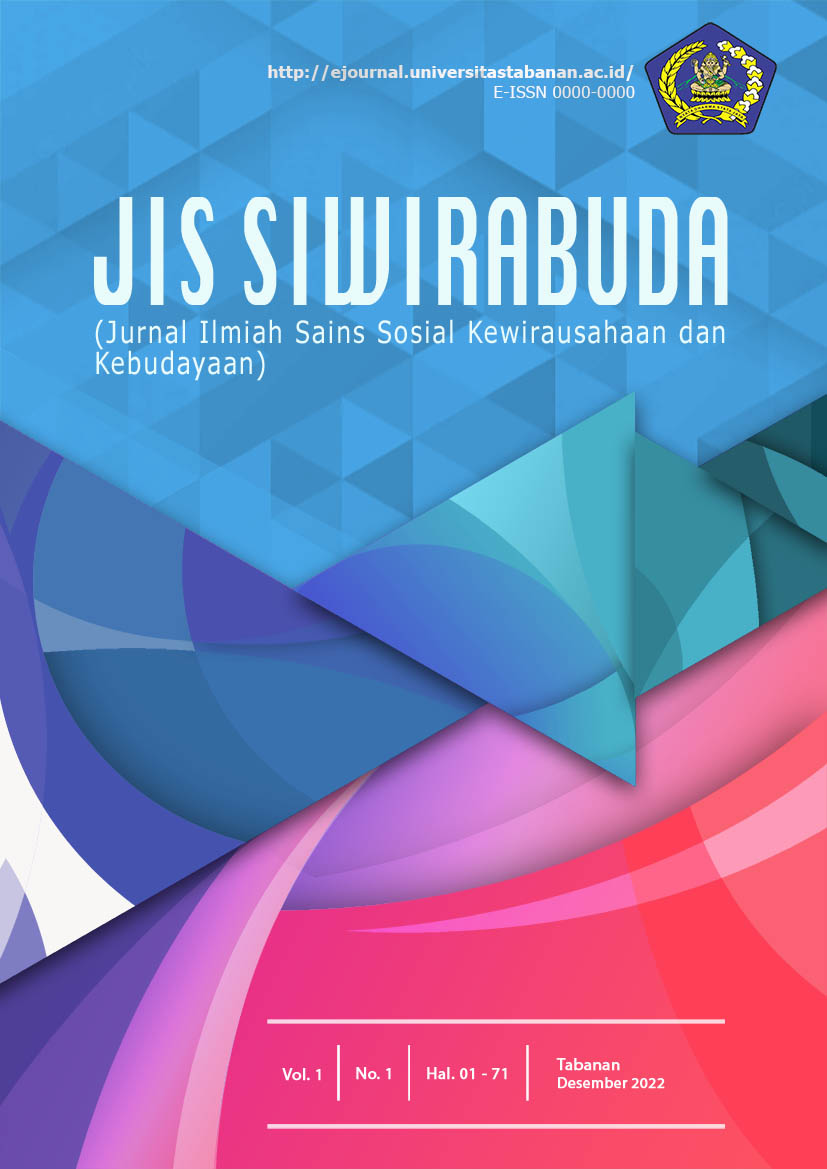Pemanfaatan Influencer sebagai Strategi Pemasaran dalam Meningkatkan Penjualan di PT. Mega Tiara Sinar Abadi
DOI:
https://doi.org/10.58878/jissiwirabuda.v3i1.351Keywords:
Influencer, Digital Marketing, Social Media, SalesAbstract
The use of influencers in marketing strategies is an important factor in increasing product promotion and sales at PT. Mega Tiara Sinar Abadi. This study aims to determine the effectiveness of using influencers in increasing Vespa product sales, especially after experiencing a decline due to the COVID-19 pandemic. The presence of influencers is expected to increase consumer purchasing power and expand marketing reach through digital platforms. The results of the study show that social media influencers play a role in building two-way interactions between brands and consumers, which has an impact on increasing brand awareness and consumer trust. The image built by influencers through social media, especially Instagram, has proven effective in forming an emotional atmosphere with the audience and driving purchasing decisions. In addition, Instagram is one of the main elements in a digital communication strategy that allows consumers to be more connected to the products being promoted. This study uses a qualitative approach with an in-depth interview method involving three key informants from PT. Mega Tiara Sinar Abadi. The findings of this study contribute to understanding the strategic role of influencers in digital marketing and convincing them of increasing company sales.
Downloads
Published
How to Cite
Issue
Section
License
Copyright (c) 2025 Andre Putra Lamuka

This work is licensed under a Creative Commons Attribution-NonCommercial-ShareAlike 4.0 International License.


 TEMPLATE JURNAL
TEMPLATE JURNAL



